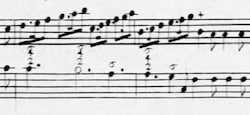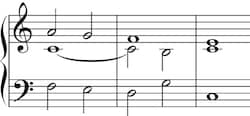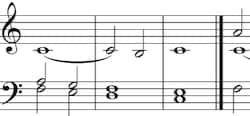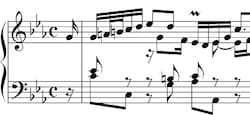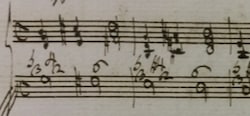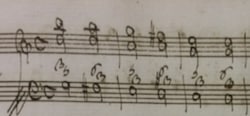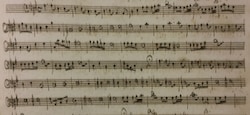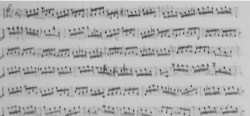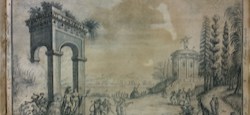Variants of the Prinner (Part 2): Sequential Prinners
The two-part Prinner with its ➏–➎–➍–➌ melody and ④–③–②–① bass line holds great potential as a sequential progression thanks to its voice leading in parallel thirds. As can be seen in my essays The Traditional Prinner and Variants of the Prinner (Part 1), however, the presence of a third voice very often undermines that potential. […]
Variants of the Prinner (Part 2): Sequential Prinners Read More »
